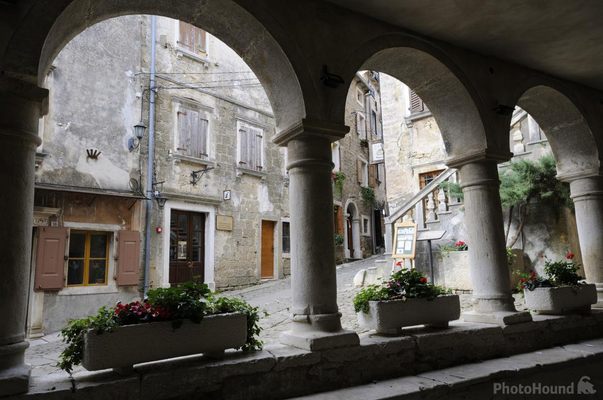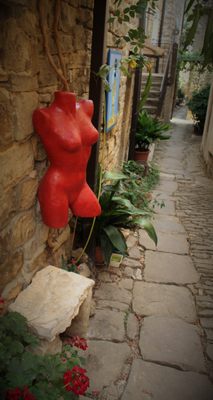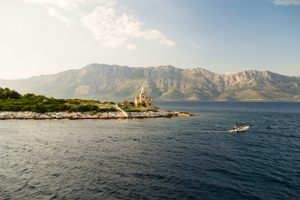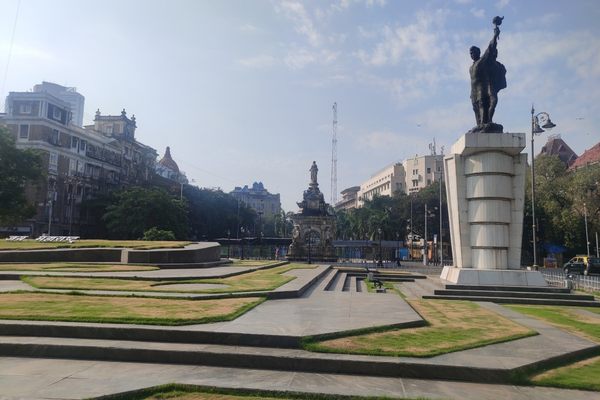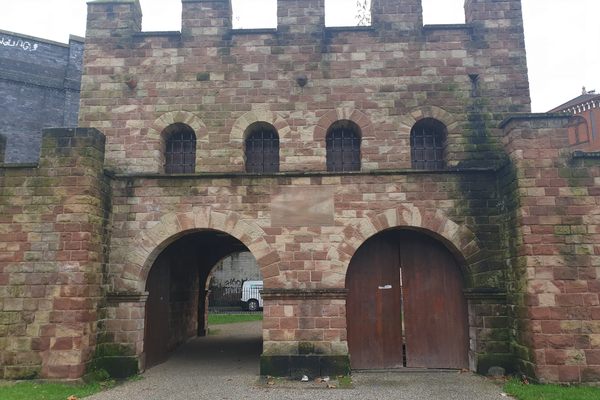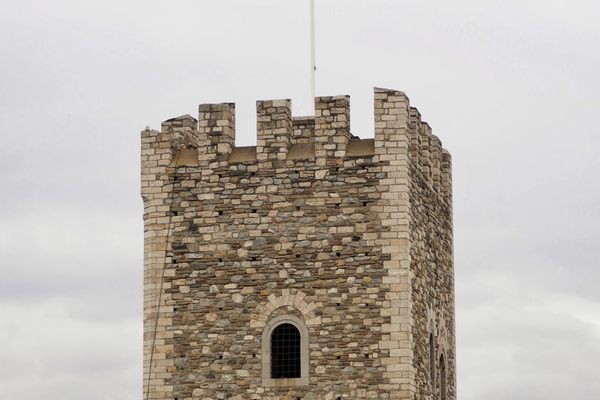About
One of the first sights to greet visitors who enter the fortified walls of Grožnjan is a beautiful 16th-century building, complete with columns, arches, and a faded yellow exterior. The old structure is a relic from the tiny town’s Venetian era and has somehow managed to survive despite the area’s turbulent history.
The loggia, or meeting place, was built during the Renaissance, when the Croatian town was under Venetian rule and influence. It was the seat of the town court and even held the local food supply on its second floor. There are four Roman tombstones laid within, which act as evidence of the city’s Roman beginnings.
The former seat of power remained intact even after the fall of the Venetian Republic, when control of the town was transferred to the Austrian Empire. The town then continued to fall under the hands of other exterior powers: first the Kingdom of Italy, then Yugoslavia, then finally, an independent Croatia. Visiting the remarkably well preserved loggia, which now serves as an art gallery, is a small reminder of the centuries of Venetian rule that shaped Grožnjan’s architecture and identity.
After checking out the old meeting place, it’s worth wandering around the rest of the walled town. Its location boasts beautiful views of the Istrian Hills, and its maze of cobbled streets wind their way through a cluster of red-roofed buildings. The whole town is now a haven for artists, and as a result is filled with an abundance of craft shops and galleries. You may even catch a small flea market bursting with local antiques.
Related Tags
Balkans Road Trip: Serbia, Croatia & Bosnia and Herzegovina
Traverse the beauty and history of the Balkans through locals' stories.
Book NowCommunity Contributors
Added By
Published
October 17, 2017



